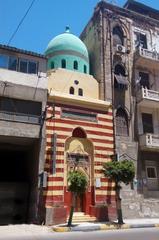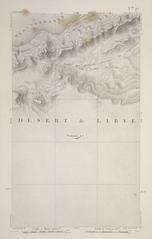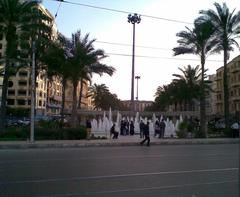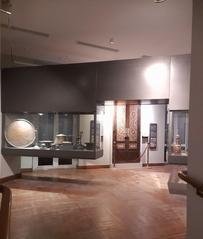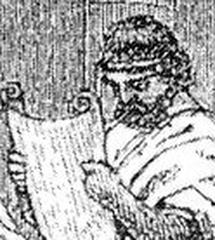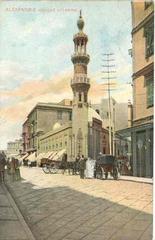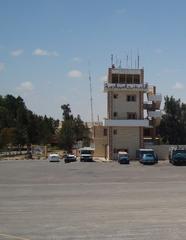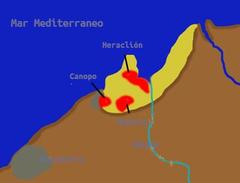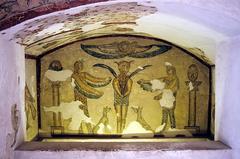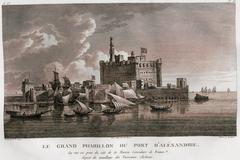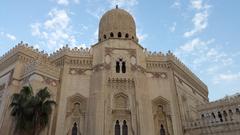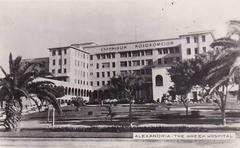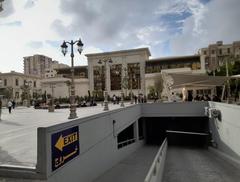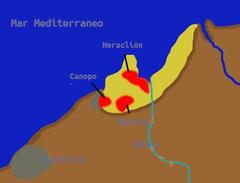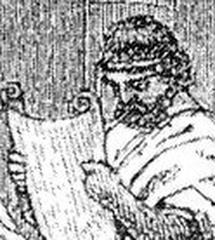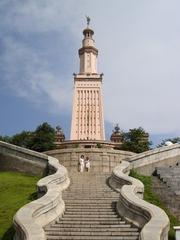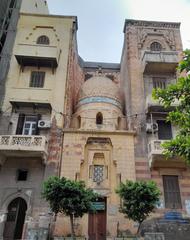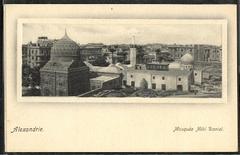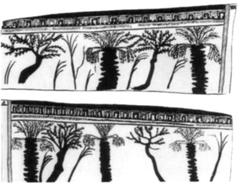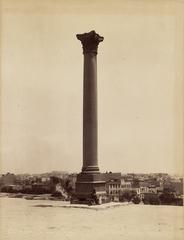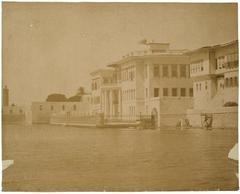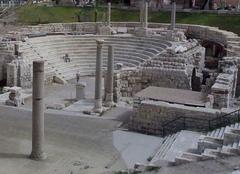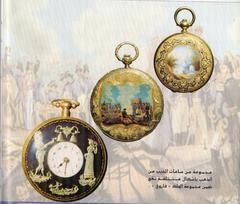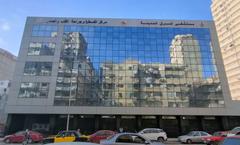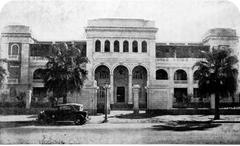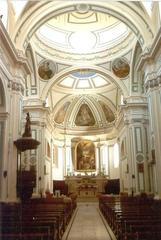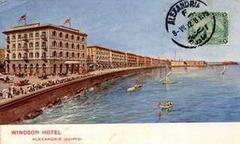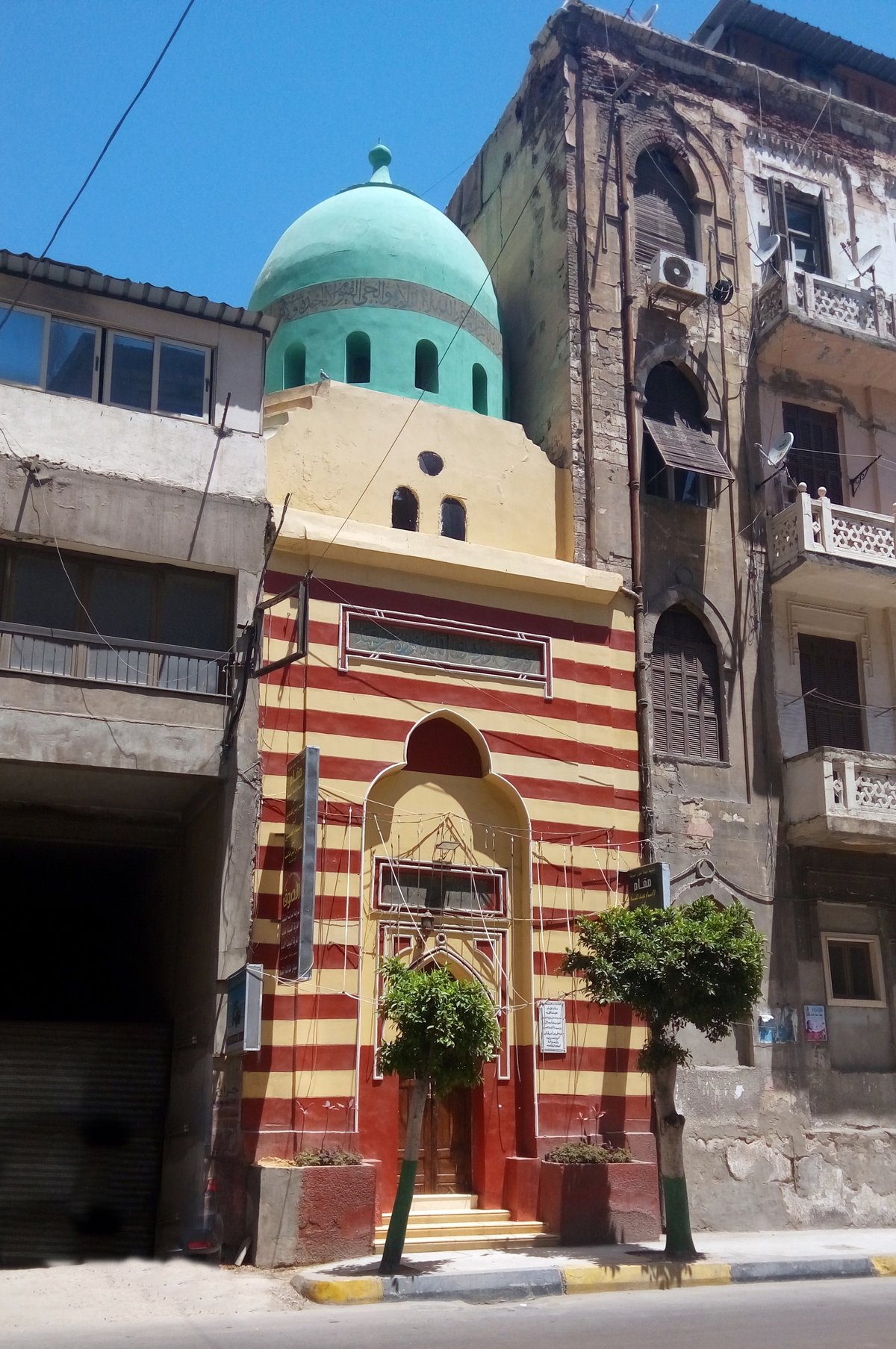
Visiting the Mausoleum of Abdullah Ibn Ali Zayn Al-Abidin in Alexandria, Egypt: Complete Guide on Tickets, Hours, and Attractions
Date: 14/06/2025
Introduction
Nestled on Fouad Street in the heart of Alexandria, the Mausoleum of Abdullah ibn Ali Zayn al-Abidin is a testament to Egypt’s enduring Islamic heritage and the vibrant history of the Prophet Muhammad’s family. This sacred site not only serves as the final resting place of Abdullah ibn Ali Zayn al-Abidin—a direct descendant of the Prophet and grandson of Husayn ibn Ali—but also stands as a bridge between Shia and Sunni traditions. Revered by pilgrims, historians, and cultural travelers alike, the mausoleum is an essential destination for anyone seeking to understand Alexandria’s multifaceted identity.
This guide provides a comprehensive overview, including the mausoleum’s historical context, architectural features, visiting information, nearby attractions, visitor etiquette, and resources for further exploration.
Table of Contents
- Introduction
- Historical Background
- Religious and Cultural Importance
- Visiting Information
- Architectural Features and Interior
- Location and Getting There
- Visitor Etiquette
- Nearby Attractions
- Frequently Asked Questions (FAQ)
- Preservation and Community Engagement
- Conclusion and Recommendations
- References and Further Reading
Historical Background
Origins and Significance
Abdullah ibn Ali Zayn al-Abidin was a prominent figure in early Islamic history, belonging to the Ahl al-Bayt—the esteemed family of the Prophet Muhammad. Following the tragic events of Karbala in 680 CE, in which his grandfather Husayn ibn Ali was martyred, Abdullah sought refuge in Alexandria, escaping persecution in Iraq. Here, he became a revered religious teacher and scholar, shaping the spiritual life of the city (alamoana.net).
Establishment and Architectural Evolution
The mausoleum was constructed at the site where Abdullah taught and was eventually buried, evolving into a place of pilgrimage. Its architecture is influenced by the Mamluk style, showcasing a prominent dome adorned with Qur’anic inscriptions like Ayat al-Kursi, intricate stonework, and pointed arches. The site also includes the tomb of his wife, emphasizing its familial significance. After periods of neglect, the mausoleum was restored in 2017, preserving its spiritual and architectural legacy (trek.zone).
Religious and Cultural Importance
The mausoleum holds deep significance for both Sunni and Shia Muslims, symbolizing the veneration of the Prophet’s descendants in Egypt. It serves as a spiritual hub, a place for prayer, reflection, and religious commemorations, especially during significant Islamic dates. The engraved Ayat al-Kursi on the dome is believed to offer protection and sanctity, enhancing the site’s spiritual atmosphere (alamoana.net).
Visiting Information
Hours and Admission
- Visiting Hours: Daily from 9:00 AM to 5:00 PM. Hours may extend during religious festivals such as Muharram and Safar. Always verify ahead of your visit for changes during holidays or special events (egypt.travel).
- Admission: Entry is free; donations for upkeep are appreciated.
Accessibility
- The mausoleum has improved accessibility, with ramps at the entrance. Some interior areas may be less accessible due to the historic structure. Visitors with mobility concerns are advised to contact local tourist services in advance.
Guided Tours and Events
- Guided tours are offered by local agencies and religious organizations, providing historical and spiritual insights.
- The site hosts religious commemorations and gatherings, particularly on the anniversaries of Abdullah’s death and other Islamic occasions.
Architectural Features and Interior
- Dome: The most striking feature, with ornate Qur’anic calligraphy, especially Ayat al-Kursi, symbolizing heavenly protection.
- Stonework and Ornamentation: Traditional Mamluk motifs, geometric patterns, and calligraphy decorate the interior and exterior.
- Spatial Layout: The compact plan centers on the burial chamber, fostering a contemplative environment.
- Lighting: Natural light filters through small windows, enhancing the tranquil ambiance.
- Tomb Enclosure: The tombs of Abdullah ibn Ali Zayn al-Abidin and his wife are respectfully enclosed, allowing visitors to pay their respects.
For images, see Wikimedia Commons.
Location and Getting There
- Address: Fouad Street, Alexandria, Egypt.
- Access: The mausoleum is centrally located, opposite the Mausoleum of Yacoub ibn Abdul Rahman ibn Mohammed, and near major attractions like the Kom El Deka archaeological site, Alexandria National Museum, and Graeco-Roman Museum. Reachable by taxi, ride-share, local bus, or on foot from central Alexandria. GPS navigation is recommended due to limited English signage (trek.zone).
Visitor Etiquette
- Dress Code: Modest attire is required. Women should cover arms, legs, and wear a headscarf; men should avoid shorts.
- Shoes: Remove shoes before entering inner sanctum areas.
- Behavior: Maintain silence and respect, especially during prayers and religious events.
- Photography: Allowed in outer areas with permission; discouraged inside and during religious events.
Nearby Attractions
Enhance your visit by exploring:
- Catacombs of Kom El Shoqafa: Ancient subterranean tombs.
- Alexandria National Museum: Artifacts spanning Egypt’s history.
- Graeco-Roman Museum: Classical antiquities.
- Citadel of Qaitbay: Historic fortress on the Mediterranean.
- Bibliotheca Alexandrina: Modern library and cultural center.
Frequently Asked Questions (FAQ)
Q: What are the visiting hours?
A: Daily, 9:00 AM–5:00 PM; extended during festivals.
Q: Is there an entrance fee?
A: No, admission is free; donations for maintenance are welcomed.
Q: Are guided tours available?
A: Yes, through local agencies and sometimes onsite.
Q: Is the mausoleum wheelchair accessible?
A: Ramps are available; some areas may have uneven surfaces.
Q: Can I take photographs?
A: In outer areas with permission; avoid photography inside and during religious events.
Q: How do I get there?
A: By taxi, bus, or walking from central Alexandria; use GPS for navigation.
Preservation and Community Engagement
The 2017 restoration preserved the mausoleum’s architectural integrity and spiritual ambiance, reaffirming its role as a living monument. It continues to host religious gatherings, educational programs, and community events, fostering unity and spiritual reflection among visitors and locals alike (alamoana.net).
Conclusion and Recommendations
The Mausoleum of Abdullah ibn Ali Zayn al-Abidin is not just a site of historical and spiritual resonance, but also a living symbol of Alexandria’s enduring multicultural heritage. Whether you are a history buff, spiritual seeker, or cultural traveler, a visit offers a unique window into centuries of devotion and architectural beauty.
Visitor Tips:
- Dress modestly and respect local customs.
- Visit during early morning or late afternoon for a serene experience.
- Support preservation by donating or purchasing from local vendors.
- Plan to explore nearby landmarks to enrich your Alexandria itinerary.
For more travel tips and updates, download the Audiala app and follow us on social media.
References and Further Reading
- Visiting the Mausoleum of Abdullah ibn Ali Zayn al-Abidin in Alexandria: History, Tickets, and Travel Tips, 2025
- Religious and Cultural Significance, 2025
- Mausoleum of Abdullah ibn Ali Zayn al-Abidin: A Visitor’s Guide to Alexandria’s Historic Shrine, 2025
- Visiting the Mausoleum of Abdullah ibn Ali Zayn al-Abidin in Alexandria: Hours, Tickets & Travel Tips, 2025
- Islam4U: Why was he called Zayn al-Abidin?, 2025
- al-Islam.org: Life of Imam Zayn al-Abidin, 2025
- Ismaili.NET: Ahl al-Bayt in Egypt, 2025
- Wikimedia Commons: Mausoleum images
